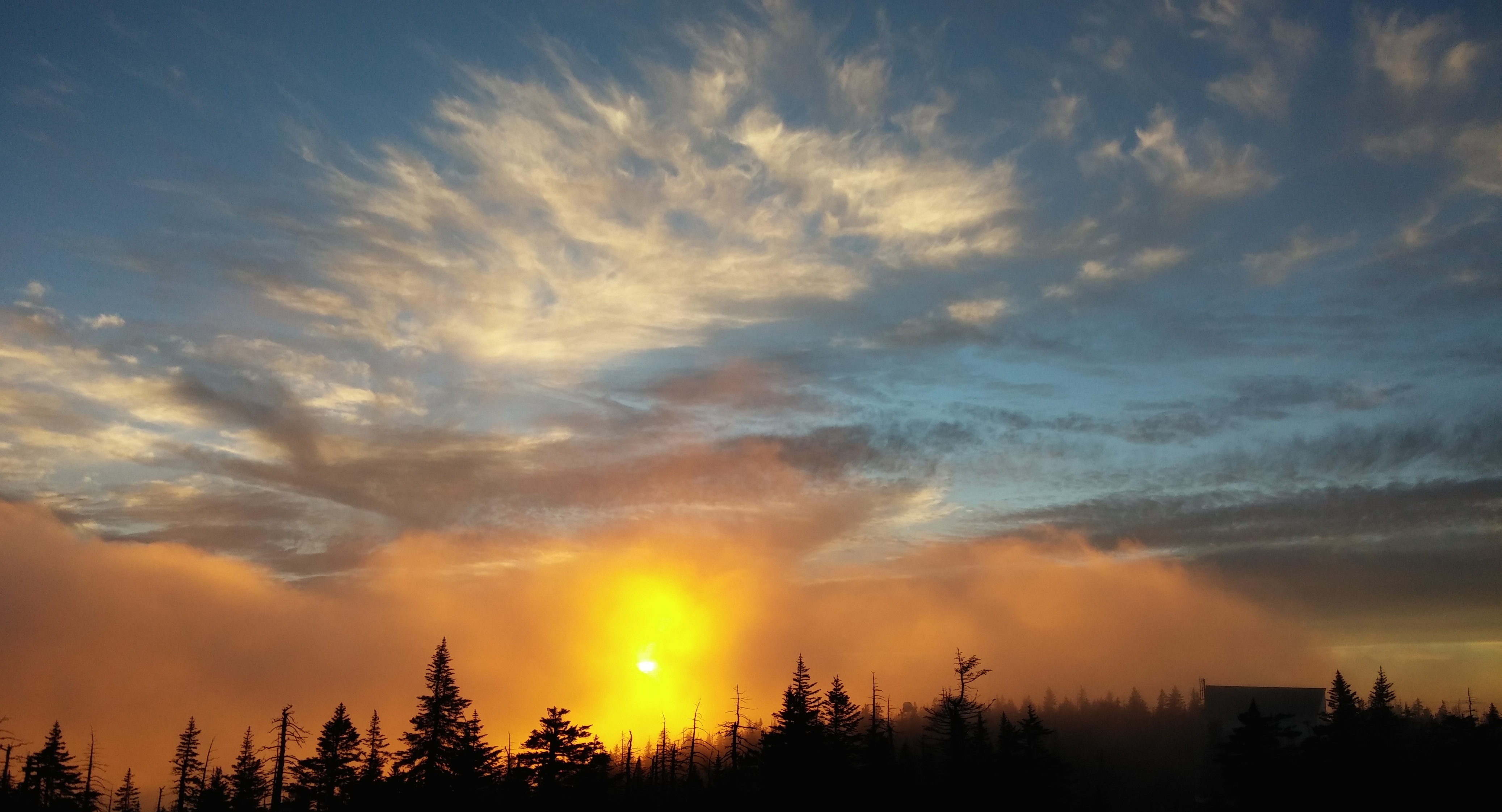I am an Einstein Fellow at the University of Arizona in Tucson (faculty contact: Nathan Smith). My prime focus is understanding cosmic explosions and their environments. My observational programs span the electromagnetic spectrum, including XMM-Newton, Chandra, Magellan, LBT, UKIRT, MMT and the VLA. Some of my current interests are...
- Short gamma-ray burst (GRB) progenitors: Nearly all progress in understanding the progenitors of short GRBs has come from studies of their host galaxy environments. My thesis work established several lines of indirect evidence linking these cosmic explosions to compact object mergers. To this end, I use optical and near-infrared spectroscopy to characterize the local and galactic environments of short GRBs.
- Electromagnetic counterparts to gravitational wave sources: Gravitational waves will soon be detected with Advanced LIGO, but their localization regions will be very large. Thus, a gravitational wave event will be significantly leveraged by the identification of an electromagnetic counterpart. I am currently conducting mini-surveys in the near-infrared and radio bands to understand the most ideal search strategy for finding such a counterpart.
- Characterizing unusual supernovae: I am member of the Arizona Transient Exploration and Characterization (AZTEC) team led by Nathan Smith. Using telescopes ranging from 1-m to 6.5-m, we aim to obtain well-sampled photometry and spectroscopy of unusual transients such as supernovae of uncommon type (Ic, IIn, Iax), LBVs, and anything reported in the community that seems unusual in any way.
- GRBs as probes of obscured star formation and the high-redshift universe: Long GRBs originate from the collapse of massive stars. Two particularly interesting subsets are "dark" GRBs, which can act as signposts of obscured star formation, and events which high redshifts (z~6), which can be used to probe the era of reionization. Using a combination of optical and near-infrared imaging, I aim to uncover these subsets to probe these otherwise under-studied pockets of the universe.
|
